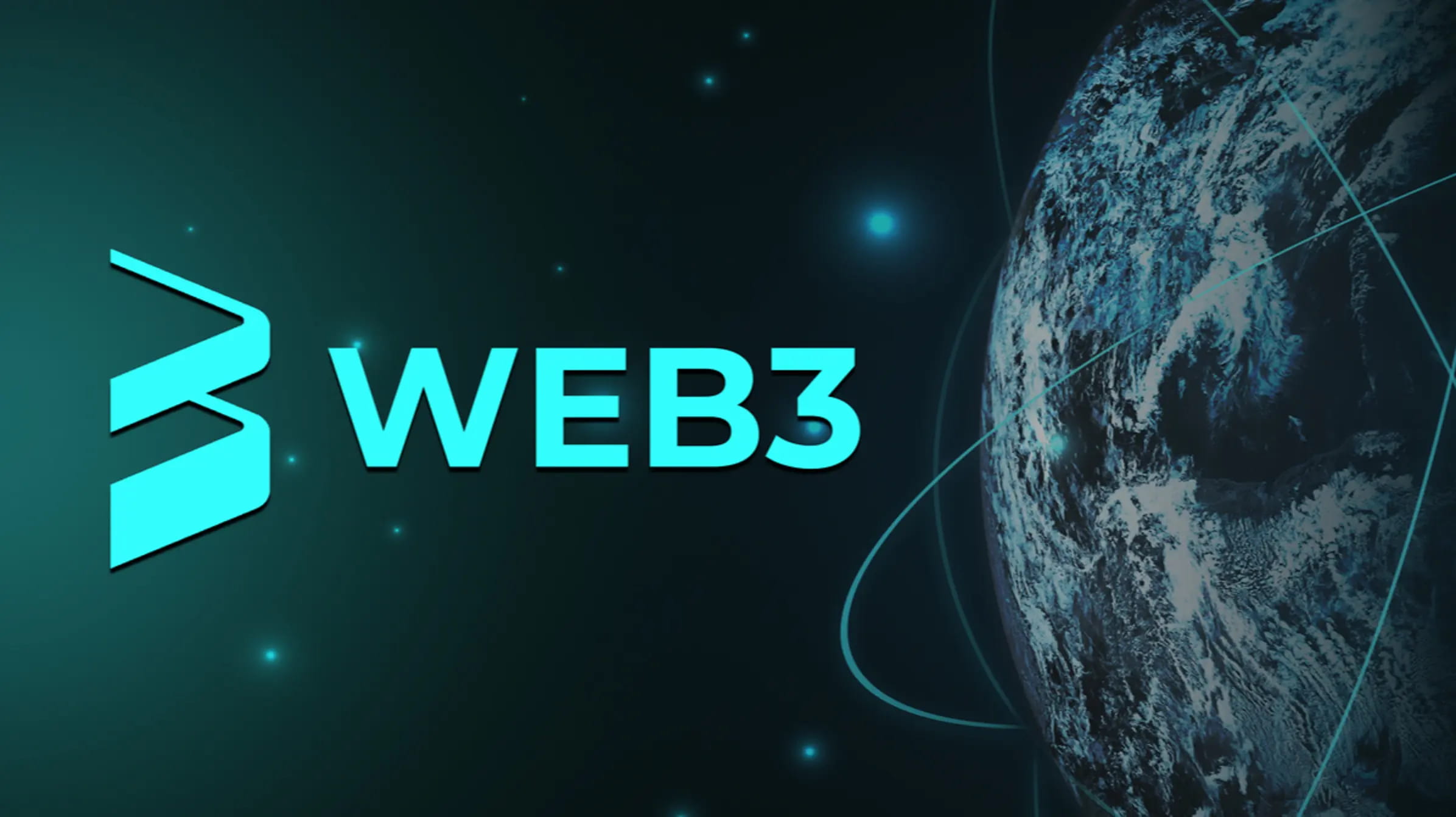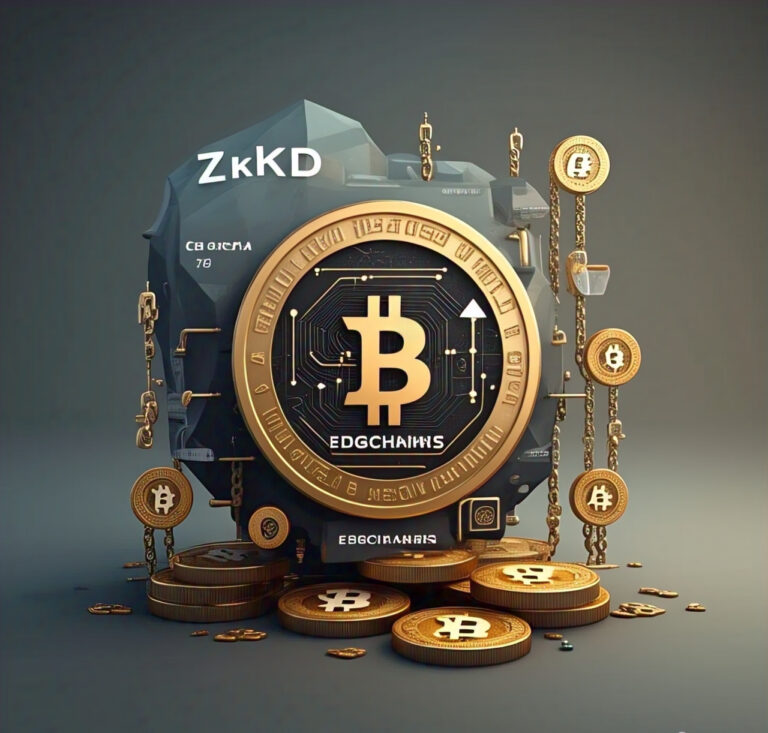Bitcoin, the first and most popular Cryptocurrency market, is increasingly intertwined with Web3, a decentralized internet built on blockchain technology. Ethereum and other innovative contract platforms have long been the preferred locations for constructing decentralized applications (dApps). However, Bitcoin’s robust security, liquidity, and popularity are making it a favorable choice for Web3 projects. Two new technologies, zkDA and Edgechains, are some of the most promising ways to introduce Web3 to Bitcoin. They aim to transform the way decentralized networks are constructed and operate.
Enhancing Bitcoin with zkDA and Edgechains for Web3
Adding zkDA (Zero-Knowledge Decentralized Applications) and Edgechains to Bitcoin’s ecosystem is not just a technical improvement; it’s also a significant step forward in how people perceive blockchain technology. Bitcoin has always been renowned for being a straightforward way to store wealth and trade.
 However, as Web3 evolves. It requires more advanced characteristics, such as programmability, scalability, and privacy, that Bitcoin alone can’t fully provide. This is where zkDA and Edgechains come in. They offer scalable technologies that enable Bitcoin to host decentralized applications and execute smart contracts.
However, as Web3 evolves. It requires more advanced characteristics, such as programmability, scalability, and privacy, that Bitcoin alone can’t fully provide. This is where zkDA and Edgechains come in. They offer scalable technologies that enable Bitcoin to host decentralized applications and execute smart contracts.
zkDA: Enhancing Bitcoin Security with Privacy-Driven ZKPs
zkDA is the outcome of combining the built-in security of Bitcoin with the privacy-protecting features of Zero-Knowledge Proofs (ZKPs). Zero-Knowledge Proofs enable one person to demonstrate to another that they possess a value without revealing what that value is. This is crucial for maintaining the privacy of sensitive data while still allowing for the verification of actions and interactions on the blockchain.
In the context of zkDA, Zero-Knowledge Decentralized Applications (zkDA) utilize Zero-Knowledge Proofs (ZKPs) to operate without disclosing users’ data. For instance, zkDA can facilitate private transactions, secret smart contracts, and zero-knowledge oracles, all of which are crucial for the privacy-focused Web3 world. With these characteristics, zkDA preserves Bitcoin’s decentralized spirit while maintaining a high level of security and anonymity.
Users concerned about surveillance capitalism and the misuse of personal data, a significant issue in the current Web2 environment, will also find zkDA’s privacy features useful. zkDA helps make the digital market safer, more private, and more user-controlled by using ZKPs on Bitcoin’s network.
Enhancing Bitcoin Scalability with Edgechains
Edgechains, on the other hand, are designed to address the scalability issues with Bitcoin. Bitcoin’s security is the best, but it has problems with transaction speed and throughput, particularly as more people utilize the network. Compared to other blockchain platforms, Bitcoin’s block size and transaction rate are relatively low. This makes it challenging to implement decentralized applications on a large scale.
Edgechains enable layer-2 scalability off the Bitcoin chain while retaining Bitcoin’s security and consensus protocols. Developers can utilize Edgechains to create decentralized programs that operate efficiently and process more transactions than the Bitcoin network. This enables Bitcoin to accomplish more sophisticated tasks without compromising security or decentralization.
Edgechains let you move assets and data from the main Bitcoin blockchain to auxiliary chains that are better suited for specific tasks. You can modify these chains to meet your specific needs, including accelerating transactions, increasing throughput, or incorporating more innovative contract features. After transactions are finished on the Edgechain, they can be sent back to the regular Bitcoin network. This bridging procedure ensures that everything is safe and reliable, and it also allows for greater flexibility and improved performance.
Bitcoin’s Evolving Role in Web3 Security
Bitcoin isn’t usually renowned for supporting complicated smart contracts, yet its network is the most secure and reliable of all. Bitcoin is evolving into a platform that can power the decentralized apps and ecosystems of Web3 by introducing new features. Such as zkDA for anonymity and Edgechains for scalability.
Additionally, Bitcoin boasts a vast and active developer community, and it is widely regarded as a secure place to store money. This makes it a great base layer for these new ideas. Bitcoin’s security is shown by the fact that it has never been hacked. zkDA and Edgechains will enhance security even further by introducing new levels of privacy and scalability.
As Web3 improves, more and more people will demand privacy, security, and the ability to develop. zkDA and Edgechains are designed with these objectives in mind, providing solutions that address some of the most pressing concerns in blockchain technology while leveraging Bitcoin’s proven foundation.
Enhancing Web3 on Bitcoin with zkDA and Edgechains
ZkDA and Edgechains are essential steps toward enhancing Web3 on Bitcoin. These technologies will enable developers to build scalable, secure, and privacy-focused apps that remain true to Web3’s decentralized essence. Decentralized finance (DeFi) applications, non-fungible tokens (NFTs), and other use cases can leverage zkDA and Edgechains.
 Both zkDA and Edgechains enhance Bitcoin’s utility as a foundation for decentralized applications by introducing advanced features that were previously unavailable on other blockchain platforms. zkDA lets users make transactions and smart contracts without giving out their private information. Edgechains enable various types of apps to grow without placing excessive strain on Bitcoin’s leading network.
Both zkDA and Edgechains enhance Bitcoin’s utility as a foundation for decentralized applications by introducing advanced features that were previously unavailable on other blockchain platforms. zkDA lets users make transactions and smart contracts without giving out their private information. Edgechains enable various types of apps to grow without placing excessive strain on Bitcoin’s leading network.
Final thoughts
Adding zkDA and Edgechains to Bitcoin’s ecosystem demonstrates how new ideas can integrate with the existing network to create a more decentralized, scalable, and private Web3 environment. Bitcoin could become a significant player in the decentralized future due to zkDA’s privacy features and Edgechains’ scalability benefits.
These technologies make Bitcoin the most secure blockchain, enabling it to fulfil the complex needs of decentralized applications. More developers using these tools will lead to an increase in Bitcoin-powered Web3 projects, thereby decentralizing the digital economy.

